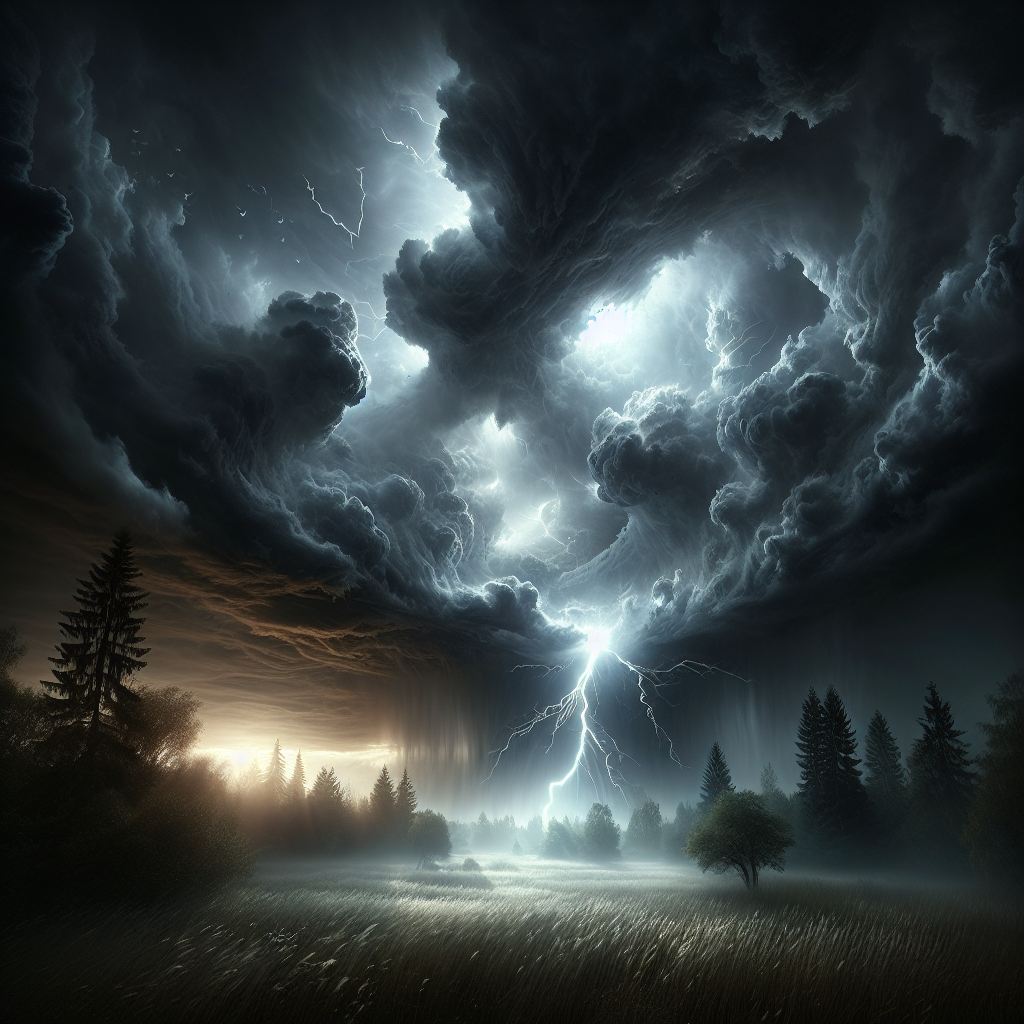WMO Confirms 829 km U.S. Lightning Flash as Longest Ever Recorded on Earth
This exceptional event now tops the WMO’s Weather and Climate Extremes Archive, replacing the previous record of 768 km (477.2 miles) recorded in 2020, also over the southern United States.

The World Meteorological Organization (WMO) has officially recognized a lightning flash stretching an astonishing 829 kilometers (515 miles) across the skies of the United States as the longest single lightning event ever recorded. The record-breaking “megaflash,” which occurred during an intense storm system on 22 October 2017, extended from eastern Texas to near Kansas City, Missouri—a distance comparable to traveling from Paris to Venice or driving for 8 to 9 hours across the Great Plains.
This exceptional event now tops the WMO’s Weather and Climate Extremes Archive, replacing the previous record of 768 km (477.2 miles) recorded in 2020, also over the southern United States.
A Megaflash From the Storm Capital of the World
The historic lightning flash occurred in one of the world’s most lightning-prone regions—the U.S. Great Plains, often called the “storm capital of the world.” The flash was associated with a Mesoscale Convective System (MCS), a large, long-lived thunderstorm complex known to produce extraordinarily large and long-lasting lightning discharges known as “megaflashes.”
The 2017 event was only detected years later, thanks to advances in satellite monitoring technologies and a detailed re-examination of archived storm data.
“This new record clearly demonstrates the incredible power of the natural environment,” said Prof. Randall Cerveny, rapporteur for the WMO’s Committee on Weather and Climate Extremes. “It also reflects the remarkable progress in satellite-based lightning observation and the evolving science of extreme weather.”
Technology Behind the Discovery: GOES-16 and Space-Based Monitoring
The 829 km megaflash was captured using Geostationary Lightning Mapper (GLM) technology aboard the NOAA GOES-16 satellite, which began delivering real-time space-based lightning data in 2017. These instruments represent a revolution in lightning detection, capable of continuously monitoring lightning events over large geographic domains that exceed the observational range of traditional ground-based systems.
“We now have the capacity to observe flashes across entire continents,” said Michael J. Peterson, lead author of the study and researcher at Georgia Tech’s Severe Storms Research Center. “With expanded satellite coverage, we can better understand lightning’s behavior and its risks to aviation, infrastructure, and public safety.”
The megaflash was measured using the great circle distance methodology, the same approach used for the previous record, and has an estimated margin of error of ± 8 km (± 5 miles).
Lightning: A Spectacle and a Serious Hazard
Though awe-inspiring, lightning remains a deadly natural hazard, responsible for hundreds of fatalities annually worldwide. The WMO is using this record-setting event to raise public awareness about the dangers of lightning and the importance of timely warnings and preparedness.
“Lightning is a source of wonder but also a major hazard,” said WMO Secretary-General Celeste Saulo. “It is a priority under the international Early Warnings for All initiative, especially as climate variability intensifies extreme weather patterns around the world.”
Other lightning-related records recognized by WMO include:
-
Longest duration of a single lightning flash: 17.102 seconds, recorded on 18 June 2020 over Uruguay and northern Argentina.
-
Most fatalities from a single direct strike: 21 people killed in Zimbabwe (1975).
-
Most fatalities from an indirect strike: 469 people killed in Dronka, Egypt (1994) after lightning struck an oil tank, flooding the town with burning fuel.
Megaflashes and “Bolt from the Gray” Events
The discovery of megaflashes—such as this 829 km flash—is helping scientists refine their understanding of how electrical charges behave in massive storm systems. These unusually large discharges often emerge far from the core of thunderstorm activity, sometimes traveling hundreds of kilometers—similar to the more commonly known “bolt from the blue,” but on a much larger scale.
“We now talk about ‘bolts from the gray,’” said Walt Lyons, lightning specialist and committee member. “They originate within enormous, electrified cloud masses and travel incredible distances, often posing unexpected risks far from where the storm appears to be.”
Lightning Safety in the Age of Megaflashes
WMO experts emphasize that safe shelter during lightning events remains the first and best line of defense. The safest places include:
-
Substantial buildings with wiring and plumbing
-
Fully enclosed, metal-topped vehicles (excluding open vehicles like motorcycles or golf carts)
“If lightning is detected within 10 km (6 miles), people should seek shelter immediately,” Lyons added. “These extreme megaflashes show that danger can come from far beyond the visible storm.”
Looking Ahead: Observing Rare Extremes
With more geostationary satellites like GOES-17, GOES-18, and Europe’s MTG Lightning Imager, along with China’s FY-4 Lightning Mapping Imager, the global network for observing lightning is growing. This means new lightning records may still be undiscovered.
“As satellite data accumulates, we’re entering a new era in understanding the true scale and reach of lightning events,” said Peterson. “We can now begin to assess how lightning affects ecosystems, transportation, power grids, and climate with unprecedented detail.”
WMO's work in maintaining the Archive of Weather and Climate Extremes is part of a broader effort to support climate science transparency, disaster risk reduction, and early warning systems.










